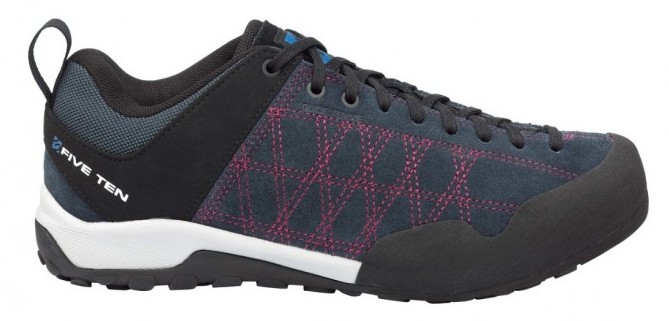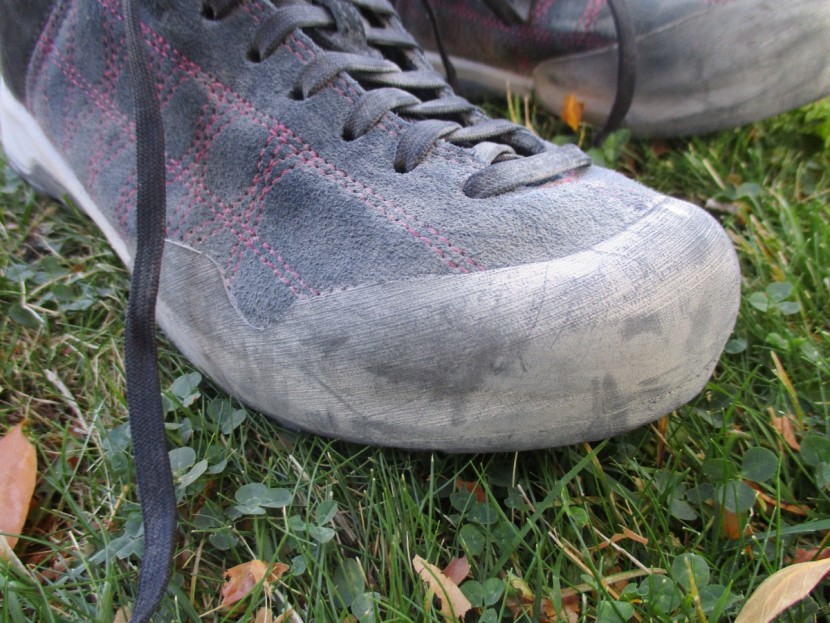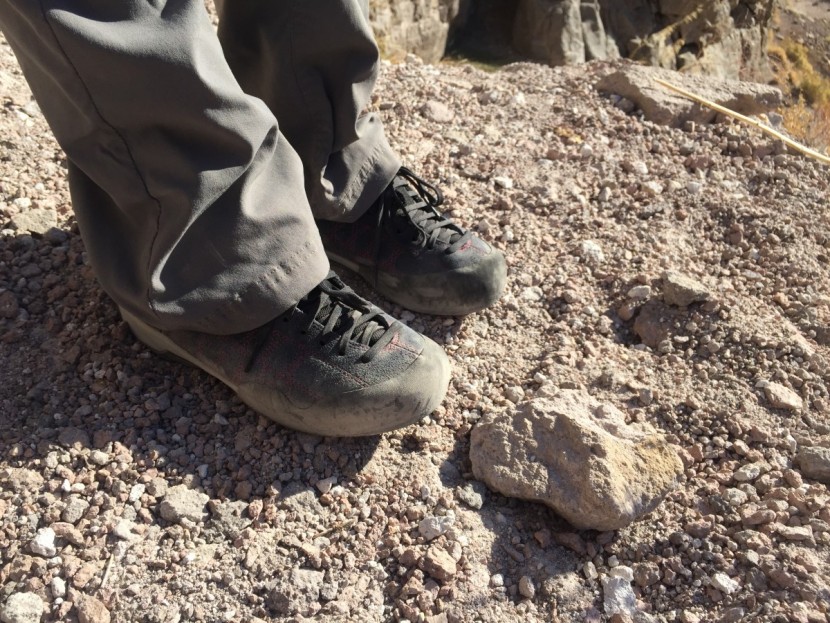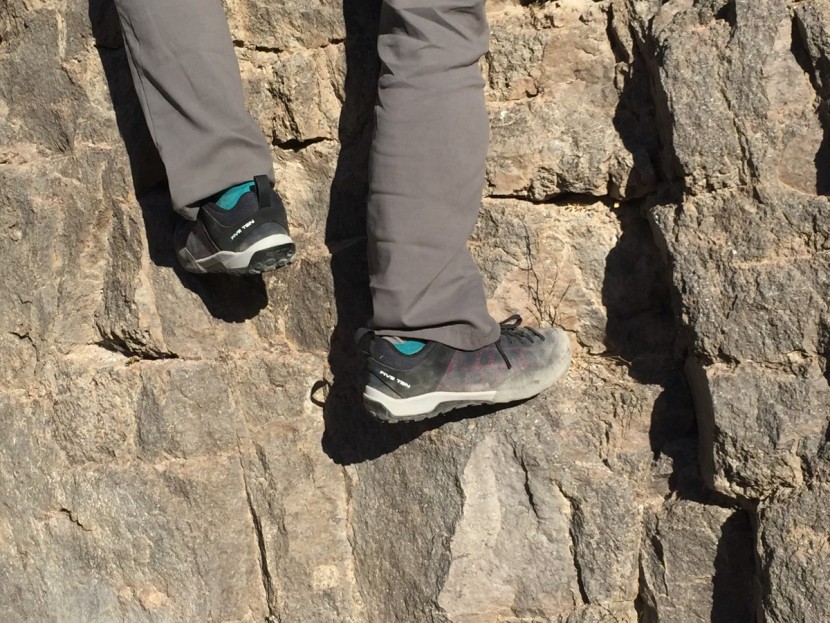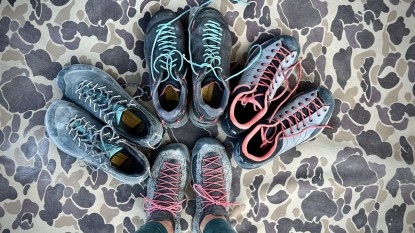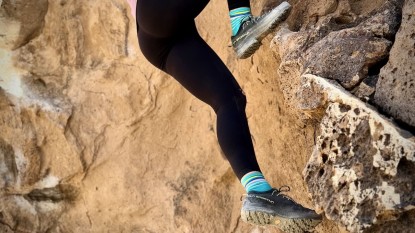Five Ten Guide Tennie - Women's Review
Our Verdict
Our Analysis and Test Results
The Guide Tennie failed to win an award because of its heavy, less comfortable design. When evaluated side-by-side with some other support-based products, we couldn't help but notice its shortcomings in comfort and climbing ability.
Climbing Ability
To judge a shoe's climbing ability, we took it all over California's most famous climbing areas. From boulders to big walls to sport climbing meccas, we edged, smeared, and jammed our way to success. The Guide Tennie has decent climbing ability and we appreciated its durable sticky rubber for long alpine missions and scrambling. In the end, however, it fell behind some of the slimmer models in this review.
The Guide Tennie has a much more traditional shape and design, built for long approaches and burly missions with required fourth- and fifth-class sections. The Tennie strikes a great balance between support and climbing ability, but we had a hard time trusting its edge after experiencing the great toes of some other products in this review.
This shoe handled solidly on slabs due to its wrap-around rand, but its toe was too wide to jam into any small cracks. It might make for a decent off-width shoe, but hand cracks were improbable. The Tennie earned a slightly below-average score for fifth-class climbing ability.
Hiking Comfort
Looking at materials, lacing and midsole structure, the Guide Tennie was slightly less comfortable than we had hoped. The toe box was narrow and uncomfortable, and the heel sat too low.
We did like the soft materials and stiff sole of the Tennie, but after hiking down into the Owens River Gorge, our toes were killing us, and the shoe lacked significantly in breathability. We were also annoyed that the heel of this shoe was lower than the heels of other products we tested. Ultimately, we couldn't pick the Tennie over its competitors.
The lacing system of the Tennie was similar to that of its competitors, but the laces on some of our favorite products reached slightly further down the foot, making for a more versatile fit.
Support
Earning a high score in this category, the Guide Tennie shows us one area where it shines. Decent arch support and a stable build make for decent long-distance approaches.
The second-highest scorer for support, the Tennie has a nice arch and stiff sole. We were impressed with how secure our feet felt in these shoes, and their solid build was great for tough hikes on sharp talus. We felt very stable in these shoes whether on rock, steep snow, or loose scree.
Weight and Packability
At OutdoorGearLab we generally prefer our gear to be as light as we can get away with. And while we realize that weight usually comes at the cost of other important factors like support and durability, we were very impressed when we put the Guide Tennie on the scale. At the slightly above-average weight of 11.8 ounces, this shoe still lighter than the heaviest shoes we tested.
The Guide Tennie is just barely light enough to put on your harness for multi-pitch adventures. We expected it to be heavier than it was, so we were actually pleasantly surprised. Still, this shoe is a bit much for clipping to your harness.
Value
The Guide Tennie is priced ok. We'd be keener to recommend this shoe if it was just a little cheaper because of its relatively low overall score. For just a few more bucks, there are some great products with higher all-around scores.
Conclusion
A hiking-focused approach shoe, the Guide Tennie strives to be an all-arounder but ultimately falls short. With an old-school design, the Tennie's decent scores and average price make it difficult for us to recommend it when compared to its many stellar competitors.


